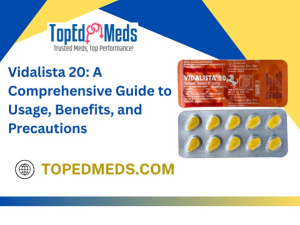UV disinfection is a non-chemical form of sterilization that is gaining popularity throughout the whole food and beverage industry. All spoilage microorganisms, such as bacteria, viruses, yeasts, and molds, are destroyed by ultraviolet light (and their spores). In addition to guaranteeing very high levels of disinfection, this low-maintenance, ecologically friendly technology also requires no chemical treatment.
The Process of UV Sanitization
The ultraviolet region of the electromagnetic spectrum is between visible light and X-ray regions. Maximum efficiency as a disinfectant is achieved at 265 nm in the particular part of the UV spectrum between 185 and 400 nm (also known as UV-C). UV light of this wavelength penetrates microbial cell membranes and damages their DNA, rendering them incapable of reproduction and ultimately killing them.
A UV lamp, shielded by a quartz sleeve, is positioned within a cylindrical stainless steel chamber in a standard UV water bottle by wholesale vendors. Water flows from one side of the room, travels the length of the section, and then flows out the other. Spring, surface, municipal water, filtered process water, viscous sugar syrups, and wastewater effluent are just some of the many liquids that benefit from UV water bottle.
Based on the intensity of the UV lamps wholesale vendors use, low-pressure and medium-pressure UV technologies dominate the market. The ultraviolet (UV) radiation emitted by low-pressure lamps is monochromatic* (limited to a single wavelength at 254nm), whereas that emitted by medium-pressure lamps is polychromatic (emitting radiation at many wavelengths) (with an output between 185-400nm). Medium-pressure technology is ideal for continuous flow, whereas low-pressure systems are more suited to low and intermittent flow. Light with more than one wavelength is called polychromatic, whereas monochromatic radiation has either one or a small range of wavelengths.
UV sterilization’s many advantages
- When compared to other treatments, UV disinfection offers several benefits. UV does not change the water’s chemical makeup, taste, odor, or pH as chemical biocides do, and there are no toxic leftovers left behind from the procedure that must be cleaned up afterward.
- Water purification techniques, including carbon filtration, reverse osmosis, and pasteurization, may all benefit from UV treatment as a backup. There is no need to place a treatment system after the point of application since ultraviolet light has no aftereffects (POU). This guarantees that any preexisting microbiological contamination is eliminated (inactivated) and that post-treatment contamination is kept to a minimum.
Bottled goods UV uses
It is safe to presume that municipal and naturally occurring water sources are devoid of hazardous or pathogenic microbes. Wells, rivers, and lakes are good surface water sources, but it’s important to filter any bacteria or viruses out before drinking.
Conclusion
Flavoring syrups made from sugar may be a fertile breeding environment for bacteria. Even while high-sugar syrups don’t promote microbial development, diluted syrups may awaken any slumbering spores. Dormant bacteria may be eliminated by exposing the syrup and diluting water to UV light.




